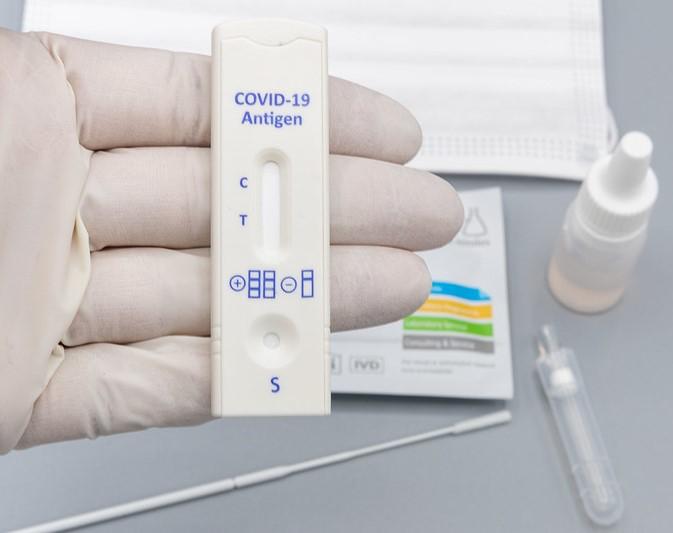
The US Department of Agriculture (USDA) Animal and Plant Health Inspection Service (APHIS) today confirmed another H5N1 avian flu outbreak in a dairy herd in New Mexico, the state’s first since the middle of April.
The outbreak pushes the nation's total confirmed outbreaks in dairy facilities to 194 in 13 states.
Though the pace of H5N1 outbreaks on dairy farms has slowed over the summer months, federal officials said at a briefing earlier this month that it was too soon to say if the virus was ebbing in cattle. They noted that cattle movement between states, which played a role in initial spread, picks back up in the fall due to greater demand for milk, partly due to schools resuming.
Suspected outbreaks in Central Valley
The California Department of Food and Agriculture yesterday announced that it is investigating the possible introduction of the virus into three dairy farms in the state’s Central Valley. It said samples have been sent for testing to California Animal Health and Food Safety laboratory. If positive, they will be considered "presumptive" and submitted to the USDA for confirmation.
In early June, WastewaterSCAN launched an H5 wastewater dashboard to help track undetected H5 spread, and, since then, traces of the virus have been found in nine states, seven of which have reported H5N1 outbreaks in dairy cows. California and Arkansas were the only two states with positive H5 wastewater findings that hadn't reported recent outbreaks on dairy or poultry farms.
California is the nation's top milk production state and accounts for one fifth of the nation's supply. The state has about 1,100 dairy farms, and herds in Tulare, Merced, and Stanislaus counties make up just more than half of the state's milk output.
















